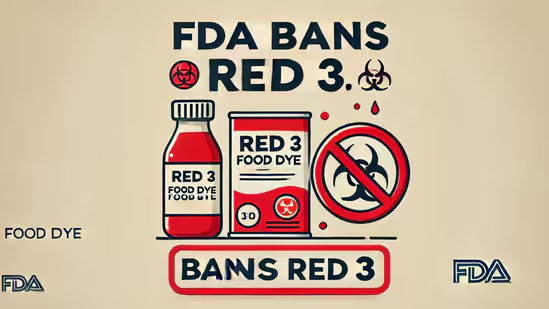Chandigarh, February 17 : The U.S. Food and Drug Administration banned the dye known as Red 3 from the nation’s food supply in January, setting deadlines for stripping the brightly hued additive from candies and cough syrup, baked goods and frozen treats.
The agency said it was taking the action because studies found that the dye, also known as erythrosine, caused cancer in lab rats. A federal statute requires FDA to ban any additive found to cause cancer in animals, though officials stressed that the way Red 3 leads to cancer in rats doesn’t happen in people.
But the dye is only one of several synthetic colors widely found in common foods and other products. As their use is questioned by experts and consumers, here’s what you need to know:
What are artificial colours?
Synthetic dyes are petroleum-based chemicals that don’t occur in nature. They’re widely used in foods to “enhance the visual appeal” of products, according to Sensient Food Colors, a St. Louis-based supplier of food colours and flavourings.
Nine dyes, including Red 3, have been allowed in U.S. food. The other common color additives in food are Blue 1, Blue 2, Green 3, Red 40, Yellow 5 and Yellow 6. Two permitted colours are used more rarely: Citrus Red 2 and Orange B. The FDA certifies synthetic colour additives and regulates their use. With the FDA’s recent order on Red 3, manufacturers have until January 2027 to remove the dye from their products. Makers of ingested drugs like cough syrups have until January 2028.
Who is concerned about these dyes and why?
Consumer advocates, including the Center for Science in the Public Interest, had long lobbied to ban Red 3 from food because of the rat-cancer link. The dye was prohibited for decades in cosmetics but not in food or ingested medications. Other research has tied artificial colours to behavioural problems in some children, including hyperactivity and impulsivity, particularly for those at risk for attention deficit hyperactivity disorder or ADHD.
Summary: The FDA bans Red Dye No. 3 due to cancer concerns, but experts warn other artificial dyes like Red 40 and Yellow 5 still pose health risks.


